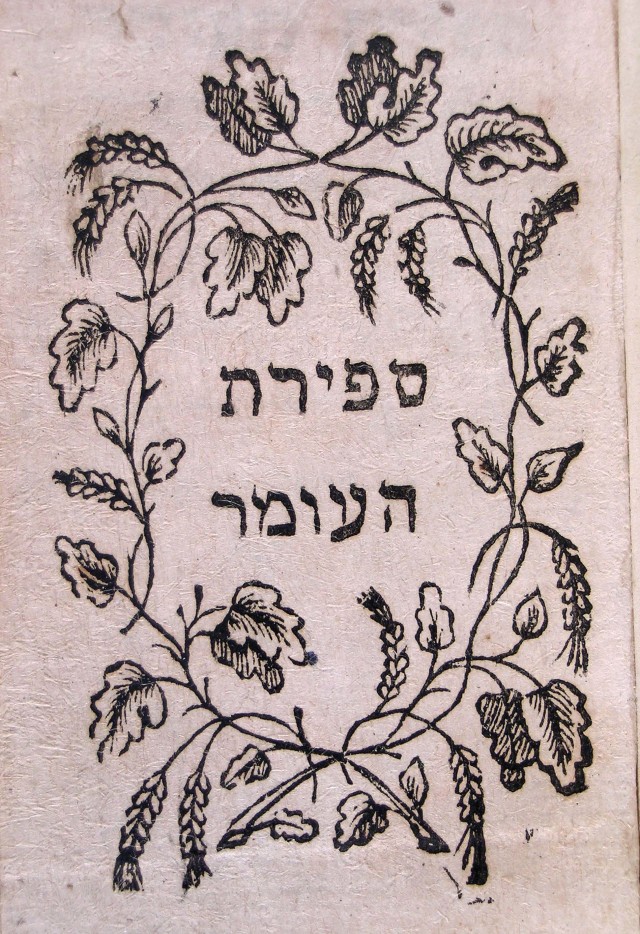Millenia before there were mobile apps, centuries before each day symbolized a different combination of the seven lower s’firot, a season of semi-mourning or even as a count-down from the celebration of the Exodus to the re-enactment of the Giving of the Torah at Sinai, s’firat ha’omer, the Counting of the Omer, was simply about humanity’s relationship with the earth. It reflected the anxiety during the grain-harvest season: Would the crop come in before rain might spoil the ripened barley or wheat? Would strong desert winds create conditions in which the fields might burn? Would the fields yield enough to last until the following year?
The Torah doesn’t say much about any deeper meaning and simply instructs that an offering be brought during this period:
And from the day on which you bring the sheaf of elevation offering — the day after the sabbath — you shall count off seven weeks. They must be complete: you must count until the day after the seventh week — fifty days; then you shall bring an offering of new grain to the Lord. (Lev. 23:15-16)
For some, the straightforward counting of 49 days during this time of year this was no longer relevant after the destruction of the Temple close to 2,000 years ago. For others, the memory of the great events of our People’s narrative – the Exodus from Egypt and the Giving of the Torah at Sinai, and the time in between – are far more meaningful than recollecting the mundane reality of our agrarian ancestors. Few of us today experience the tension and uncertainty surrounding the success or failure of a crop. Even fewer of us of us today connect with the theory that by performing certain rituals and customs, we help bring about the eventual rebuilding of the Temple in Jerusalem and the reinstitution of the service as prescribed in the Bible and further regulated in Talmudic literature. Hence the Counting of the Omer has gone through a fascinating, and perhaps much needed, transformation over the last 2,500 years.
Yet, going back to the source – the ordinary day to day human struggle to provide sustenance, and sanctifying that struggle – can also lift us to a higher level during these seven weeks of Spring.
As we count, may we be mindful of the time when we had a far more direct relationship with the food we eat and how it reaches our mouths. May we go back to a time when we searched for holiness and meaning in every aspect of life. May we go back to the Earth.
Hag Sameah!




